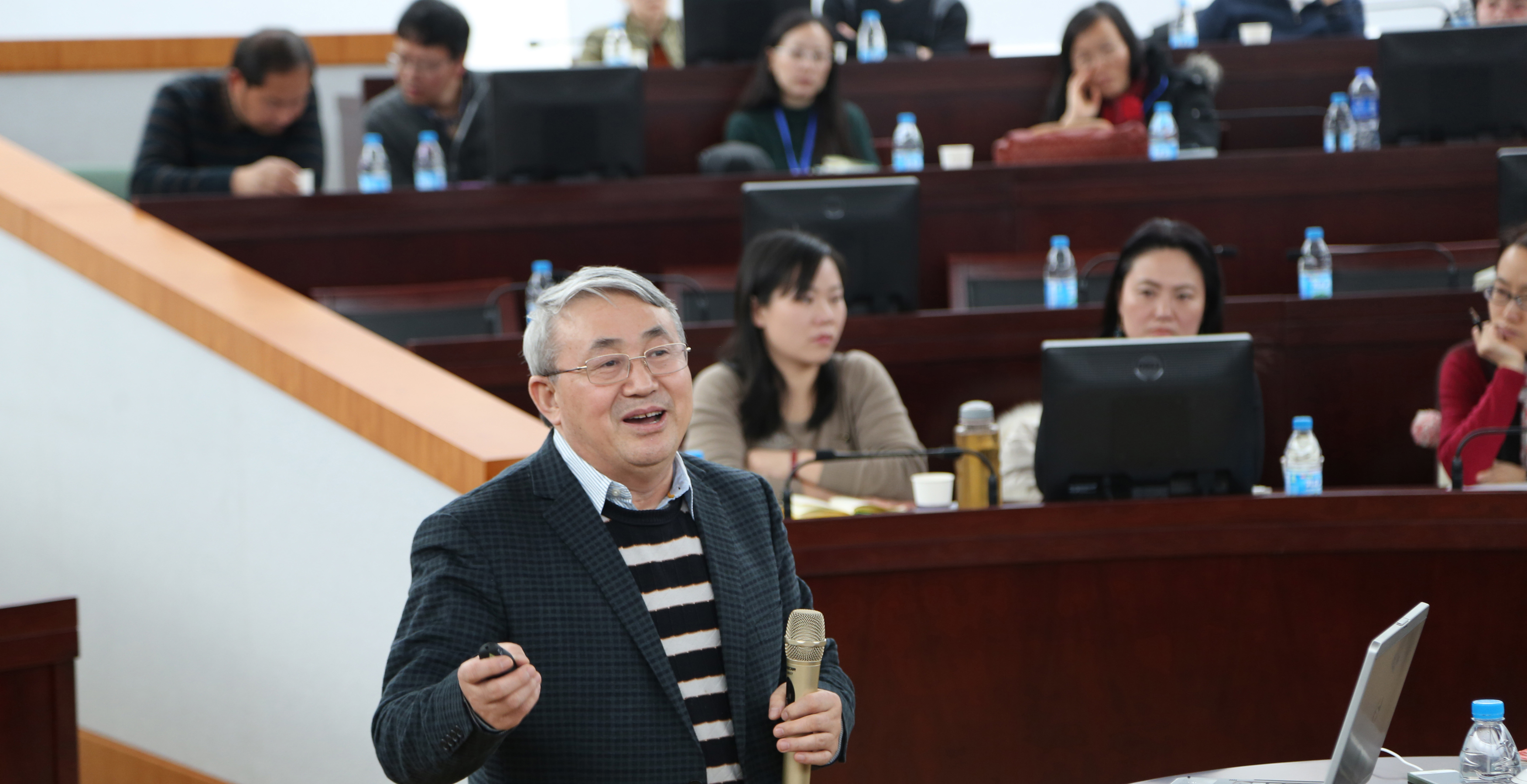Teaching with English as the Medium of Instruction Course

All

-
Overview
- Headteacher Leadership Training for Primary & Secondary Schools Course
- Certificate in Teaching English for Academic Purposes Course
- Teaching with English as the Medium of Instruction Course
- Sustainable Development for Sino-foreign Cooperation in Running Schools Course
- Professional Development for Student Services Course
- Professional Development for Learning and Teaching Support Course
- Research-led training courses
- Education Leadership Excellence Courses
- Contact



Globalisation and trends in transnational education have made intercultural communication and employability must-haves for university graduates, which is why communicative competence in the medium of English is a growing mode of teaching. Universities in China have implemented a series of responses to global trends, focusing on bilingual education for major courses under the guidance of national polices in the past 20 years; and a great number of bilingual courses and teaching teams have been formed; more recently, many universities proposed to implement EMI education. However, there are still many difficulties for implementing EMI in universities, for instance, mixed English proficiency of both staff and students, lack of appropriate textbooks and course materials, concept validity in curriculum design and assessment, teacher-centred learning and teaching, a lack of QA, little academic support or advocacy for educators now having to teach in English, etc.
In order to address these issues, the teaching competence of teachers should be strengthened, and teacher-centred pedagogy should be rethought, even when teaching in Chinese.
The EMI development course starts with the development and current challenges of Chinese bilingual education in higher education, helping the teachers to improve their knowledge, skills and competence of teaching in English, by learning and practicing several modules including: student-centred active-learning pedagogies, scenario-oriented teaching, effective creation, choice, and use of teaching materials and micro-teaching (attempting to implement new technologies, teaching new terms and concepts, peer evaluation). In this way, a pluralistic learning experience can be offered and students’ competitiveness can be promoted in the international environment. ILEAD offers a four-lens approach to departments and universities transitioning to an EMI model which includes: